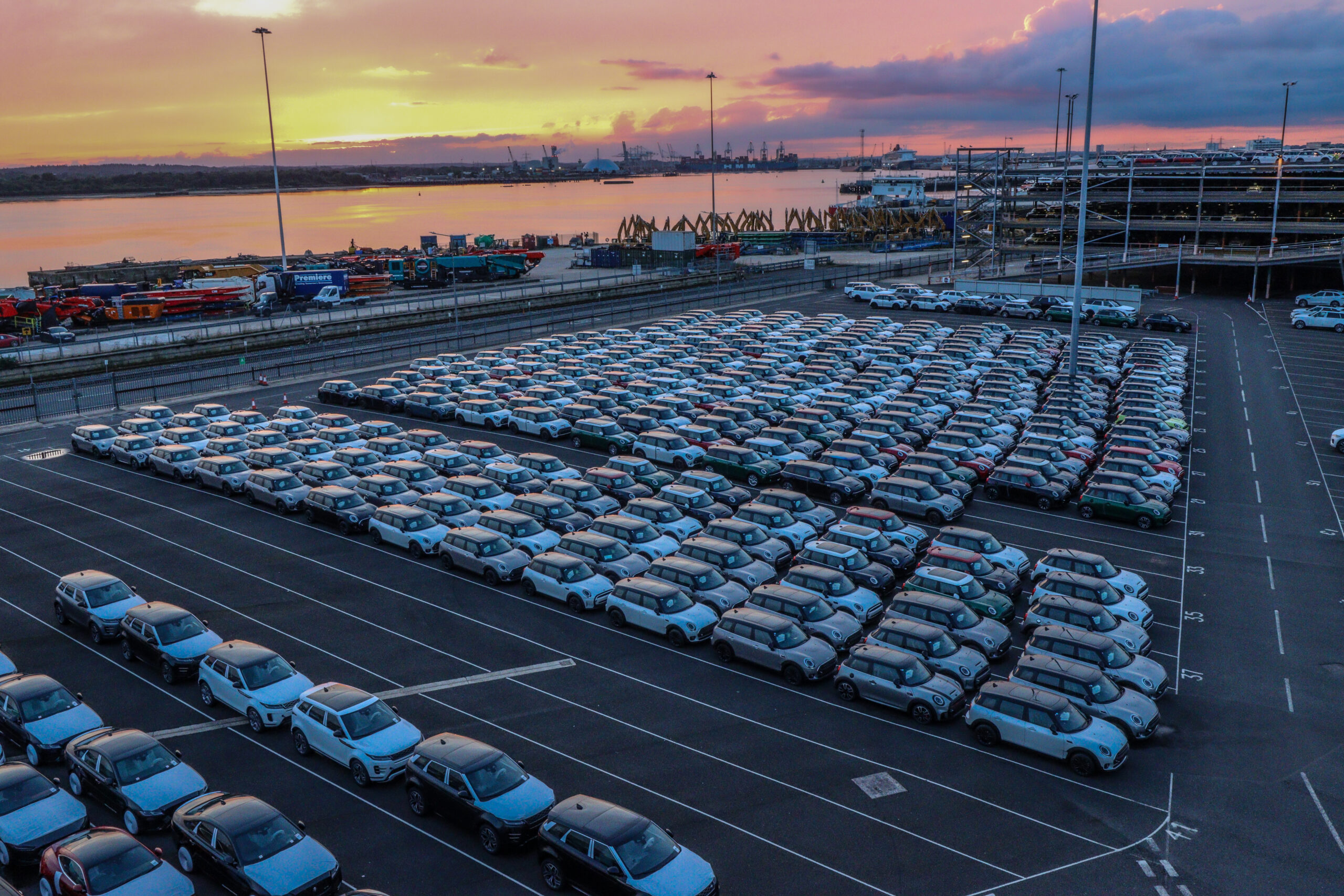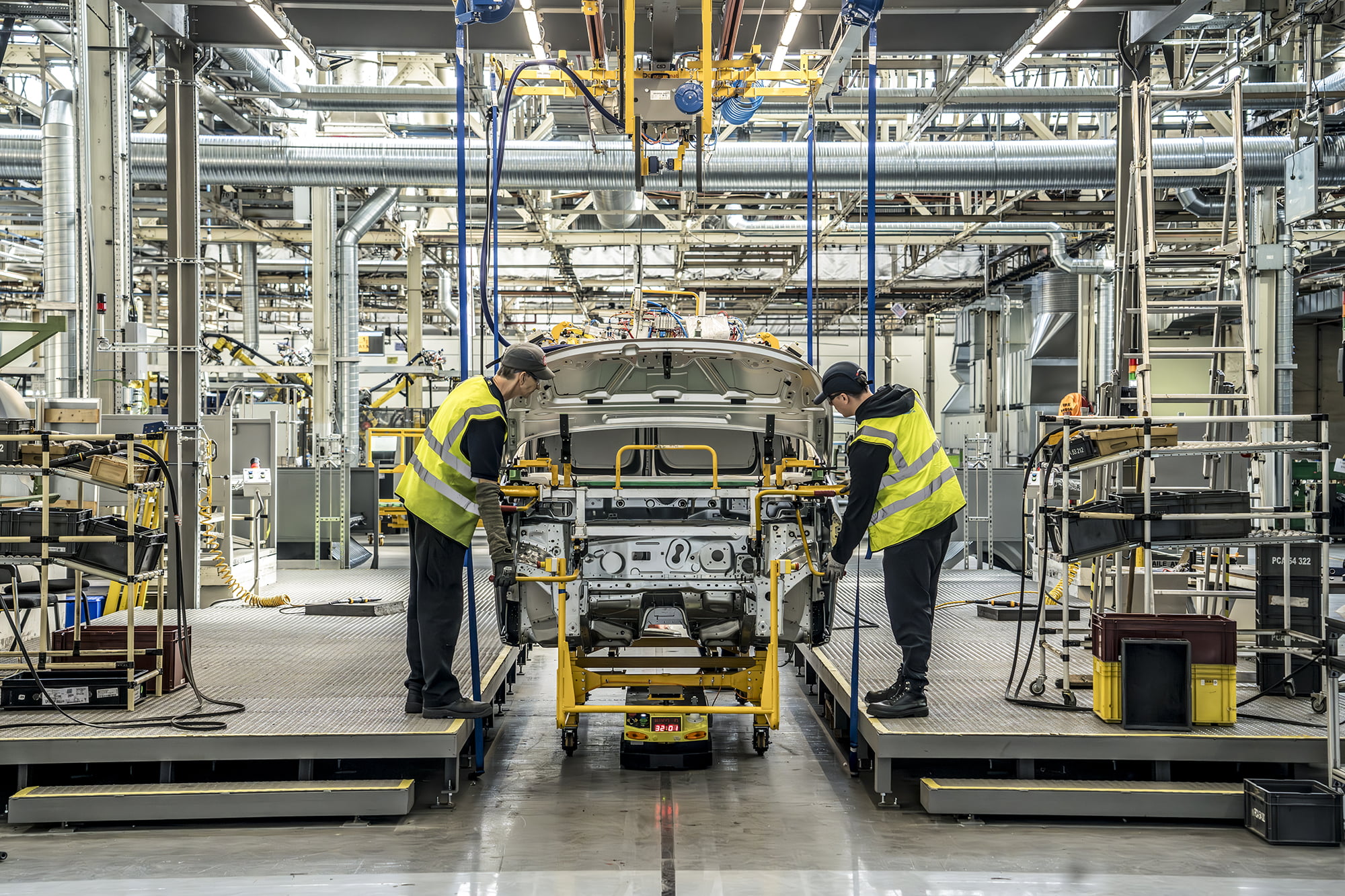The electric vehicle (E.V.) landscape in the United States can be daunting and overwhelming due to the country’s size and variation of laws and requirements differing from state to state. As no federal ruling dictates a universal regulation for how electric vehicles are manufactured or sold, each state can create laws and guidance based on its specific stance. The lack of uniformity within the United States can challenge companies looking to break into the American market. However, particular states make it easier than others.
California is the model within the E.V. market, with more E.V.s sold than in any other state. Berylls Strategy Consulting notes that 25% of all U.S. E.V. sales come from California and that the state has the second-highest charging point density of 128 points per 100,000 licensed drivers. California was also the first state to introduce clean vehicle legislation in 1990 (French, et al, 16). California’s success in the space is due to the early and continual adoption of EV-forward policies and regulations. Companies looking to grow within the U.S. market must identify regions that follow the Californian model in optimizing the subsidy, infrastructure, and policy triangle. Focusing on areas where the triangle is complete requires companies to look further into regional and local levels. Berylls Strategy Consulting provides an example based on the state of Washington, located on the West Coast, U.S.: “For example, the state of Washington has a small number of public chargers per licensed driver and limited state subsidies, but a high E.V. penetration rate, primarily due to a high density of chargers around Seattle and limited infrastructure throughout the rest of the state,” (French, et al, 16). When engaging with the United States during trade shows or being a part of a delegation, it is encouraged to identify state, regional, and local authorities that support the E.V. market.
When looking at the Inflation Reduction Act and the Bipartisan Infrastructure Law (BIL) – these laws’ impacts on the E.V. market are considerable. As a result of the rules, there is over $100bn in total investment – which is almost 30x more than government investment to date, S Burget on notes the Inflation Reduction Act directly impacts consumers and production methods – making incentives, tax credits, and incentive eligibility accessible. BIL boosts national E.V. infrastructure and updates the grid, widening E.V.’s reach to more consumers, (Burget, 1).
My colleagues with the U.K.’s Department for Business and Trade based out of the Los Angeles, Chicago, Atlanta, and New York Consulates in each region of the United States and I are more than happy to support you in your journey entering the U.S. market.
Contact:
Sarah Holloway
DBT Senior Trade and Investment Officer for Automotive and Future of Mobility in the West Coast U.S.
[email protected]
Download the EVS36 UK Pavilion brochure
Works Cited
Burget, S. “EV Eligible Funding in IIJA and IRA Represents Nearly 30 Times the Total EV Funding Awarded by U.S. Government to Date.” Atlas EV Hub, 2022, www.atlasevhub.com/data_story/3-billion-in-federal-funding-for-evs-to-date/.
French, Martin, et al. “Electric Vehicles in the US: Another Gold Rush for Everyone? – Berylls – Making Automobility Viable.” Berylls, 27 Apr. 2023, www.berylls.com/electric-vehicles-in-the-us-another-gold-rush-for-everyone/.


